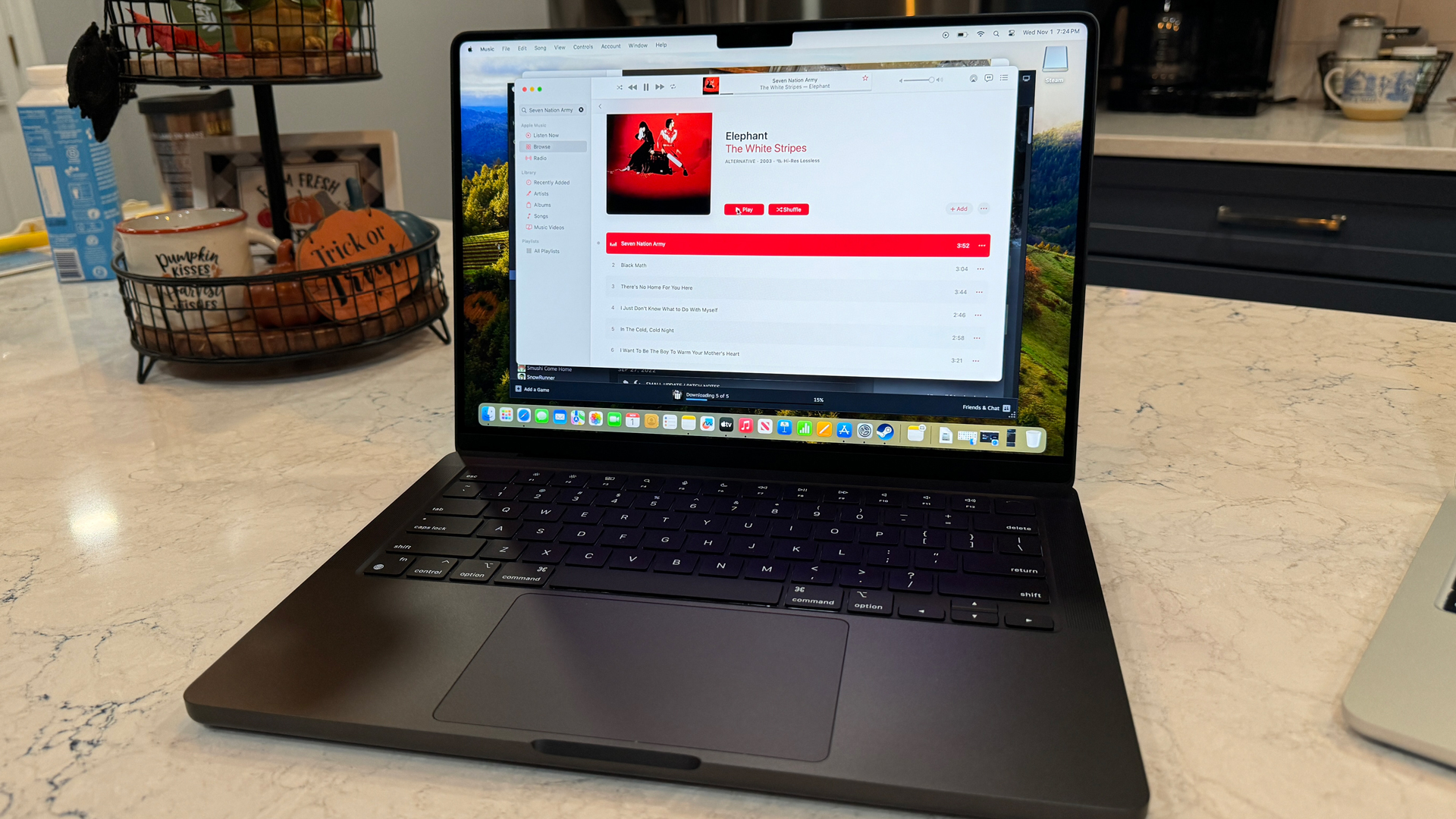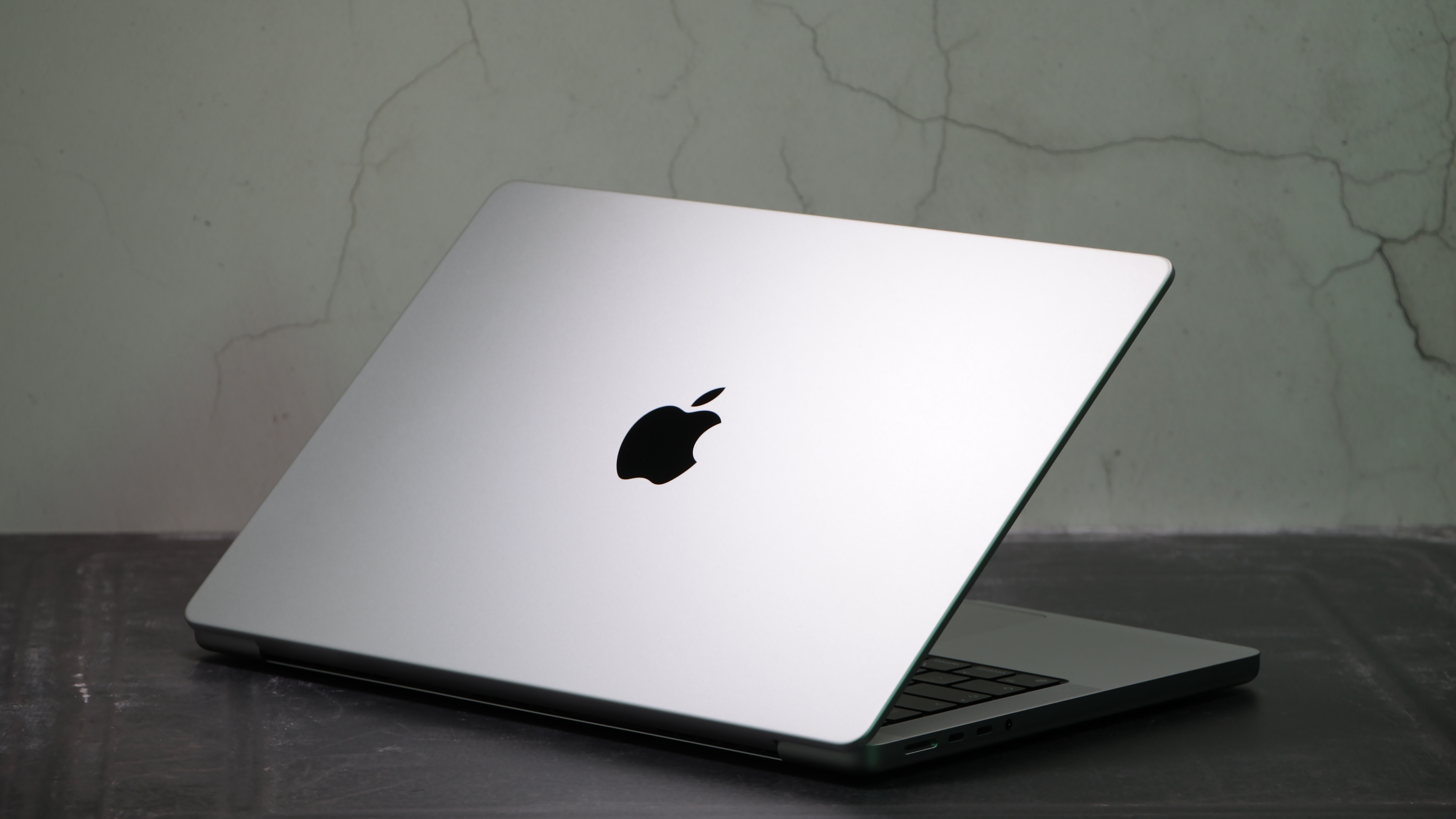
Something’s causing quite a stir in the land of the Macintosh, namely a fresh admission from Apple that there is a feature that requires more than the baseline level of 8GB of unified memory present on some Macs – which the firm has previously asserted is enough system RAM to get by with.
In fact, the entry-level models of the MacBook Air and MacBook Pro, as well as the Mac mini and iMac, still have a base memory loadout of 8GB, so obviously, it must be enough – otherwise Apple would look a little silly offering these machines in said base configurations.
However, XDA Developers spotted what amounts to an admission that 8GB isn’t enough, at least not in one scenario, although the functionality involved comes with a caveat – it’s not something that’ll ever bother your average computer user.
In fact, it’s a feature called predictive code completion, which as the name suggests is for coding, and is a new ability in the beta of Xcode 16, Apple’s app development platform.
Apple tells us: “Xcode 16 includes predictive code completion, powered by a machine learning model specifically trained for Swift and Apple SDKs. Predictive code completion requires a Mac with Apple silicon and 16GB of unified memory, running macOS 15.”
So, this is an AI feature (for macOS Sequoia, which isn’t out yet, but is in testing for devs) that facilitates auto-complete coding suggestions, essentially, and is for developers and coders (requiring an M-series chip, as well as 16GB).
So, why should you, the average Mac user (or would-be user, perhaps), care? Well, you shouldn’t, not about a coding feature anyway, but the problem is where this points down the line. Let’s dive deeper into that…

Analysis: Apple’s looking increasingly out of touch here
Okay, so right now, 16GB is only needed for a coding ability, and something that is just an extra perk for Xcode 16 – we should stress that the platform doesn’t require 8GB to run. It’ll work okay with 8GB as it always has, it’s just that devs won’t get this new predictive coding ability (though those who have purchased an entry-level 8GB Mac may well be pretty miffed at this).
However, in the future, there may be other features outside of Xcode 16 where 8GB of unified RAM isn’t enough, and that’s the worry. Remember, this is an AI feature, and what’s coming in the pipeline with macOS Sequoia for everyone, not just developers? Yes, Apple Intelligence.
Now, while Apple’s AI trickery may not need 16GB for any features off the bat – well, we presume – in the near future, it’s possible that it could do. Or at least this requirement for Xcode certainly suggests that will be the case for on-device AI tasks (which is what predictive code completion is).
How about a few years down the line? What about AI workloads then, when features are likely to get a lot more advanced (the pace of development is breakneck as it is). Don’t we want our Macs to last longer than a few years, really – while being able to access all the goodies coming with Apple Intelligence? (If it turns out to be as big as Apple is pushing for the concept to be, and we wouldn’t bet against that).
The issue with 8GB as the entry-level loadout on so many Macs is further complicated by the feeling that given the cost of upgrading to 16GB, this is just another way for Apple to extract more money from the wallets of Mac buyers. A lot more money, in fact. Take the MacBook Air 13-inch as an example: upgrading the base model with 8GB to 16GB of RAM will set you back $200 in the US (£200 in the UK, or AU$300 in Australia).
You’re looking at closing on a 20% bump in price to get that level of system memory, and the cynical might suggest that’s why Apple is sticking with 8GB as a base quantity of RAM, with possible performance issues and future-proofing worries therein swept under the carpet.
Oh, and as for the MacBook Pro still coming with 8GB of RAM – a laptop designed for weightier computing tasks, and actually targeting the likes of developers and professionals, as the name indicates – with the base model, that really does seem to cap off the cynic’s arguments, frankly. The kicker is that you cannot upgrade the unified memory at a later date, either (not that upgradable RAM is common in the world of laptops, of course – but it should be, and it’s still a thing with some models).
The truth is that folks have been casting doubt on 8GB as being enough for a long time now, and in 2024, it’s getting more and more difficult to see the argument that it’s still sufficient in terms of any kind of meaningful future-proofing.







